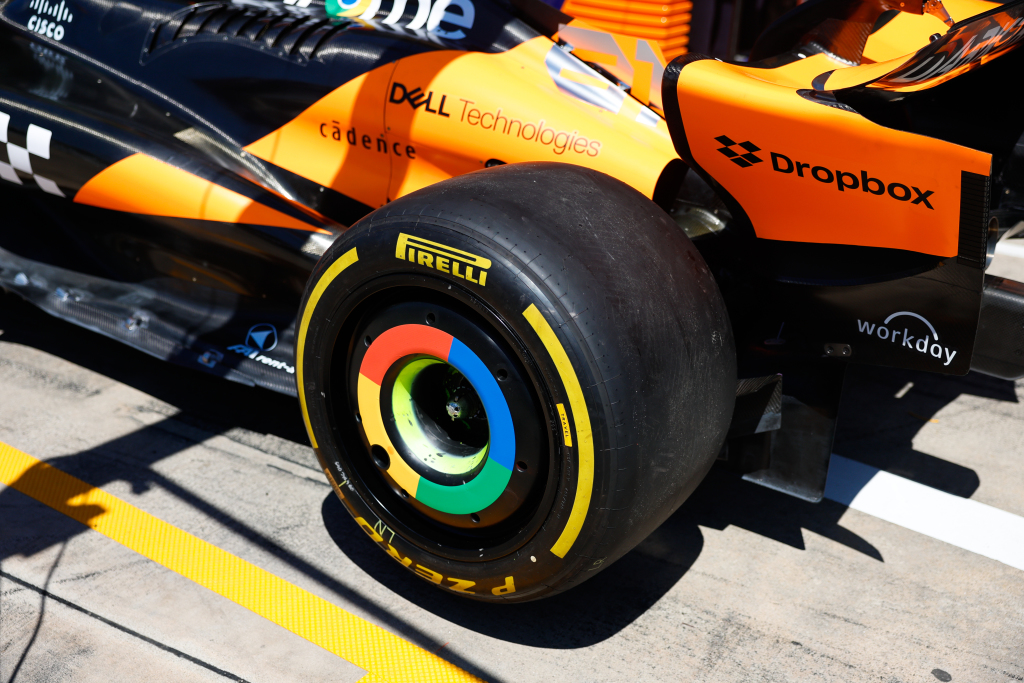Pirelli is looking to expand the number of compounds in its selection in 2025 to address the number of street circuits Formula 1 now races on.
The tire supplier currently has six slick compounds it can pick from for each race weekend, with three nominated as the soft, medium and hard options at each venue. With the 24-race calendar including a wide range of track characteristics but a number of newer venues being street circuits — the latest being Las Vegas — Pirelli has been testing an even softer compound at Paul Ricard this week to try and suit the greater number of temporary tracks.
“We collected quite a lot of good information [testing] — we finalized more or less the construction of the 2025 slick tires,” Pirelli motorsport boss Mario Isola said. “We have very promising compounds to reduce overheating for 2025. The idea is to also introduce a new C6 compound, a softer one, because in the calendar we have more and more street circuits and we need softer compounds.
“So we are going to move the range a little bit on the soft side, always trying to reduce the overheating. The real problem is to find the right trade-off between overheating and degradation, because we need to keep degradation but reduce overheating. And that’s not always easy because the two elements are connected.”
[lawrence-auto-related count=3 category=1388]
The new compound is for use on multiple circuits rather than specifically Monaco — something Isola recently told RACER was impossible to test effectively — and the Italian says it wasn’t a request from the teams to introduce an even softer compound, but something Pirelli has picked up on in recent years that would help its selections.
“That was our idea considering the calendar and considering where we go to race,” he said. “And obviously the target we have to encourage a mix between one- and two-stop strategies. So we made a proposal to go a bit softer.
“The request was to reduce the overheating. The risk is that if you reduce the overheating they change [tires] less, because obviously they can run more laps without high degradation. If we go in this direction then we need to have softer compounds in the range to select the compounds properly for each event.
“So our proposal was not having any constraints on the number of [compounds] we homologate. We said, ‘Let’s think about a C6, softer than C5, that can open up different strategies’ and we tested one in Paul Ricard a couple of days ago. It’s the first attempt but the idea is to go in this direction and probably homologate six compounds next year.”
